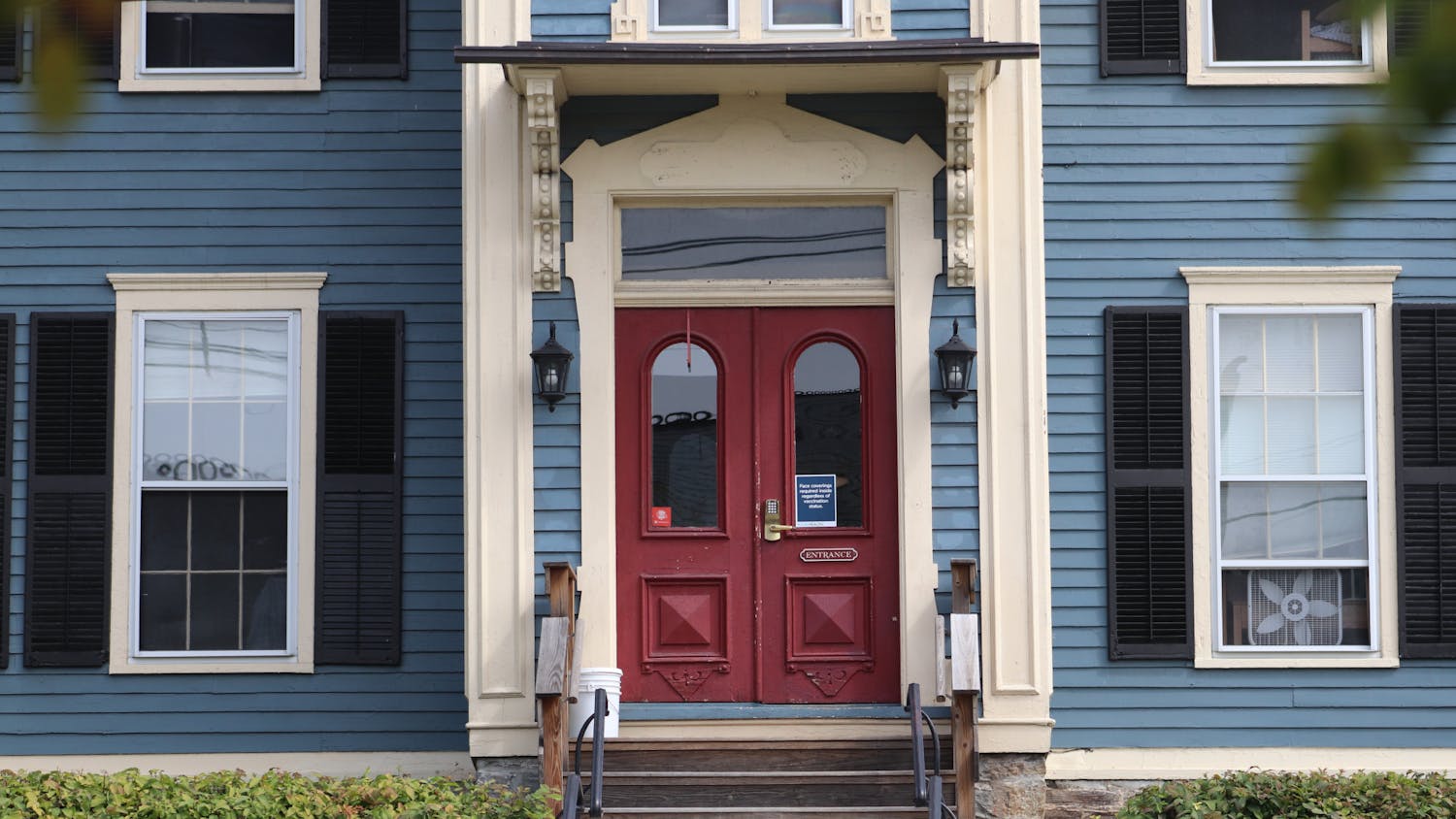As a residential college in which 95% of students supposedly live on campus, Middlebury states that their “residential system embodies that culture of living, learning, and growing together.” The close-knit, intimate housing community on campus is widely touted as one of the hallmarks of student life on our liberal arts campus. Yet, after the last two housing draws, students have found themselves in singles far away from their friends, forced to live off campus at places like the Inn on the Green, or placed en masse in August draw. Over-enrollment coupled with a lack of housing availability continues to jeopardize the residential student experience that our college professes to hold so dear.
So how did we get here? In 2018, the “How Will We Live Together” steering committee found the Commons system fell short in producing the desired conditions for a vibrant residential system, so the college pivoted to a new structure called BLUEprint in 2019, which President Laurie Patton described as a “core commitment to a cohesive and inclusive learning community, where students can gather and connect.”
Maybe it’s just us, but forcing students to live in satellite housing off-campus and dissolving superblock houses and replacing them with “interest houses” shared by students lacking a common interest doesn’t seem like the best approach to gathering and connecting. In addition, none of us have heard about BLUEprint — or its goals — in years. While we understand that cancellation of abroad programs and the increased frequency of gap-semesters catalyzed by the Covid-19 pandemic has wildly shifted the residential scene, we strongly believe that this critical element of student life needs to be addressed now.
The housing lottery last spring was framed as a return to normalcy; for instance, students would no longer be housed at Bread Loaf and the number of seniors living off-campus would again be capped at 5% of the student body. What ensued instead was, in short, panic. Rising juniors estimated that about a third of their class plus a small number of rising sophomores were entered into the August draw — an amount that the college surely could have predicted yet did not make transparent preceding the housing draw.
Middlebury has also damaged its relationship with the local community by relying on off-campus housing as a fallback when space on campus was lacking — with an increased number of students released to rent off campus in the last two housing draws. After multiple noise and behavior complaints over the summer at 53 Pleasant St., 51 Washington St. and 13 Washington St. Ext., Dean of Students Derek Doucet told the Addison Independent that during the academic year, “around 120 students” are permitted to live off-campus and can only do so after a lottery that has “vetted and flagged any past bad behavior.” While this is normally what occurs, Middlebury released as many students as were willing this year to combat the ongoing housing squeeze, which we estimate to be at least 134 based on emails sent to students residing in off-campus residences.
As a result of these ongoing complaints, off-campus students were informed via email that the Middlebury Select Board was one vote away from prohibiting student housing by redrawing zoning laws. If this were to take place, many students could lose their housing.
This makes clear that the answer to Middlebury’s housing shortage cannot be to push more students to live in off-campus residences. This is not just because of the local community’s fraught relationship with off-campus students but also because student-renters impact the price and accessibility of housing for permanent local residents.
Many landlords rent exclusively to college students, who are often willing to pay any price, especially if their on-campus housing options are slim. Some of these landlords, like the owner of the three properties whose complaints resulted in the Select Board vote, are parents of Middlebury College students.
But this is far from the only unsettling housing predicament. Academic and special interest houses, meant to serve as intentional spaces for students engaged in a particular academic or extracurricular pursuit, are losing their central purpose as students opt to live in such spaces to dodge the chaos of the lottery. This has meant that language houses are unable to abide by their language pledge, and the “interests” of many social houses are becoming eroded. Even substance-free housing has become overrun with students who are not substance-free, but had nowhere else to live.
These flawed systems are all catalyzed by the same pressure: too many students and not enough housing. Middlebury cannot continue to act as if this was a one-off problem during fall 2021. Continuous semesters of over enrollment are fanning the flames of long-held concerns that the college is intentionally trying to increase the size of its student body. If this is the goal, it clearly comes in direct opposition to the well-being and needs of current students when it comes to the stated priorities of living and learning together.
And these aren’t theoretical, trivial issues — they’re frustratingly real. One of our editors hasn’t been able to live near her friends since freshman year. Another chose not to live in her desired language house since there were students living there who didn’t speak that language. Another chose to take a chance in August draw rather than live in 48 South Street, which has become many students’ last choice since its dissolution as a well-loved superblock.
If the question being asked is “How Will We Live Together,” the answer is, not well. Continuing to enroll larger classes without the necessary infrastructure to accommodate them will not only isolate more and more students, but also drive a deeper wedge between the town and the college. And no, accommodation does not look like forced triples or the Inn on the Green. It means equitable, enjoyable living spaces that unite and connect us as a student body — not tear us apart.



